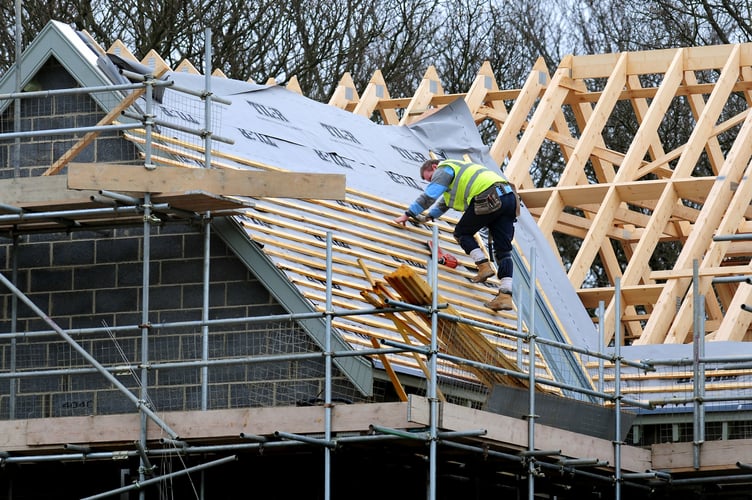Labour is aiming to build hundreds of houses in Woking, new figures show.
It is part of an effort to build 1.5 million new homes in England by 2029.
But while an urban policy think tank welcomed the revised housing objectives, it warned the Government remains likely to fall short of its target, especially in urban centres.
New annual housebuilding targets were released last week by the Ministry of Housing, Communities and Local Government in its response to the National Planning Policy Framework consultation.
They show 370,000 new houses are set to be built annually across the country, up from a previous aim of 305,000.
In Woking, the new housebuilding target is 794 homes per year.
Meanwhile, across the South East, Labour aims to build 70,681 each year.
The Government announced £100 million of additional cash for councils, along with 300 extra planning officers, to speed up planning decision-making processes.
Additionally, councils will be ordered to review their greenbelt boundaries to meet targets by identifying lower quality "grey belt" land that could be built on.
The NPPF defines the grey belt for the first time as green belt land that "does not strongly contribute to green belt purposes".
Those purposes include limiting urban sprawl, stopping neighbouring towns merging into each other and preserving the special character of historic towns.
Andrew Carter, chief executive of Centre for Cities, welcomed the revised housebuilding targets, but warned the Government is still likely to miss its 2029 objective especially in urban areas.
He said: "It is possible that with more tweaks to the existing system we could get close to targets in greenfield areas.
"But urban areas will fall significantly short of their targets without much bolder planning reform."
Mr Carter added the discretionary aspect of the planning system has undermined the delivery of new houses, and green belt regulations have restricted growth in urban centres.
He said: "Only by eradicating the discretionary stage of planning and replacing this system with a rules-based, flexible zoning system will we remove the obstacles to housebuilding and reach this vital housebuilding target everywhere."
Prime Minister Keir Starmer said providing homes for people and their families must be the "top priority" for the planning system over nature and the environment.
Asked whether he would tackle the problem of habitat and environmental regulations stopping developers from building, Sir Keir Starmer told broadcasters: "For years, we have had not enough houses being built. That means that individuals and families don’t have the security that they want.
"We are determined to break through that, to do what’s necessary.
"Of course we want to get the balance right with nature and the environment, but if it comes to a human being wanting to have a house for them and their family, that has to be the top priority."
Housing minister Matthew Pennycook said the Government has "not shied away from controversial decisions" as he encouraged local authorities to "embrace the challenge" of higher development targets.
He said: "We recognise that we are asking much from many local authorities, and we’re determined to support local leaders trying in good faith to deliver homes for their communities."
"We’re confident that the revised framework we’re introducing will support significantly higher rates of housebuilding and sustained economic growth.
"Local authorities must embrace the challenge of higher targets and push for more and better development in their areas."
More specific guidance on how local authorities can assess their green belt land is due to come in January.
And a forthcoming Planning and Infrastructure Bill is intended to rip up red tape and make it faster for planning projects to be approved.




